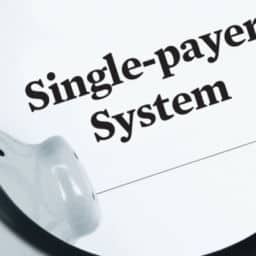Change we can believe in. That is the motto used by current President Barack Obama during his 2008 presidential election campaign. As the debate on improving national healthcare continues, this motto bears much impact on the future of healthcare. Most surveys conclude that a majority of Americans desire true ‘change we can believe in’ when it comes to the overall healthcare status quo in this country. However, it is much harder, and ironic, to convince those within the industry to believe in, or embrace change. This is one of the issues at the forefront of health information technology, or HIT. There are many who are yet to believe that embracing HIT will make a significant difference in cost containment and in delivering improved health quality.
President Obama gave particular significance to HIT as a way to save money in the healthcare system when he included the topic in his speech to a special joint session of Congress. But can deploying a full and robust HIT program within the healthcare industry really make a difference? What are the apparent benefits and liabilities of deploying a HIT within the entire healthcare system? What stands in the way of HIT permeating the system? What are some examples of successful HIT implementation that could be replicated nationally?

Change We Can Believe In – Health Information Technology That Works
This is an undergraduate level analysis written for a Health Policy and Administration course at a top-tier US private college. This paper, Change We Can Believe In – Health Information Technology That Works, represents my personal analysis combined with course knowledge and in-depth research. The report received top marks. This report could be used as a guide for research, a sample analysis for reference, or for direct reference with proper citation.
Word Count: 3700-3750
Sources Used: 9


